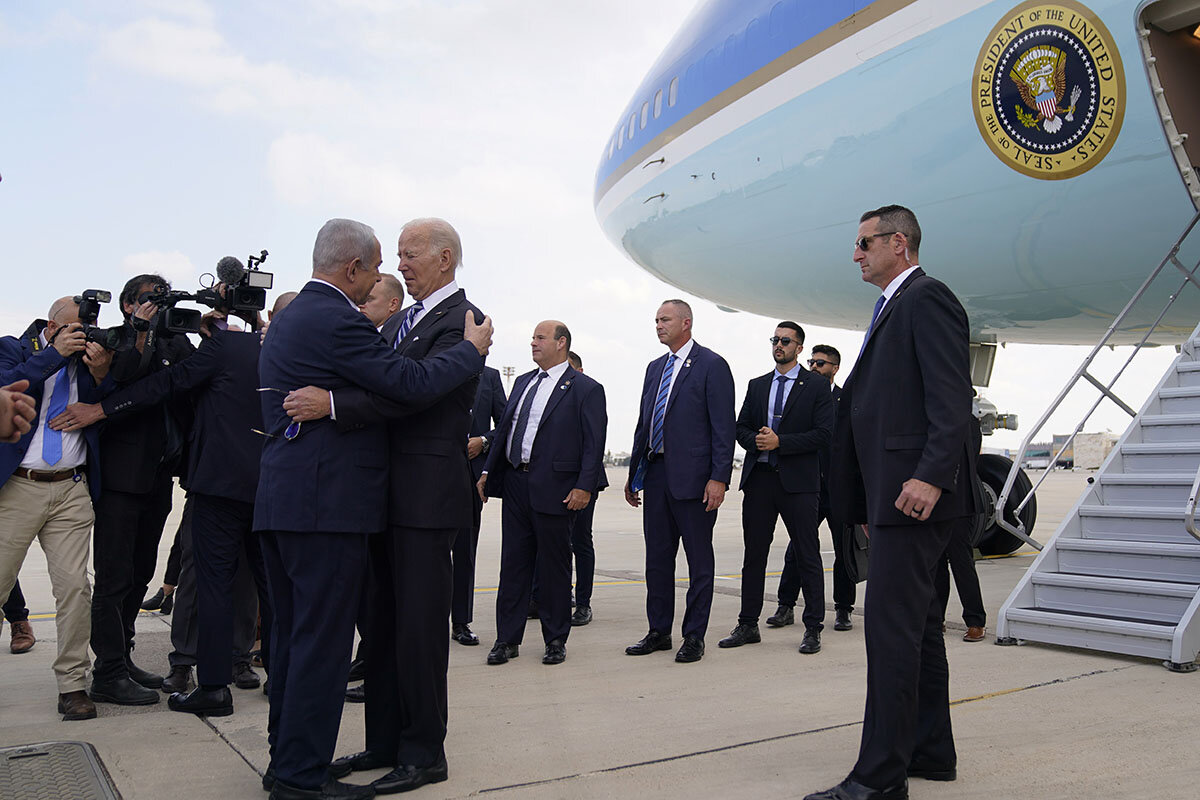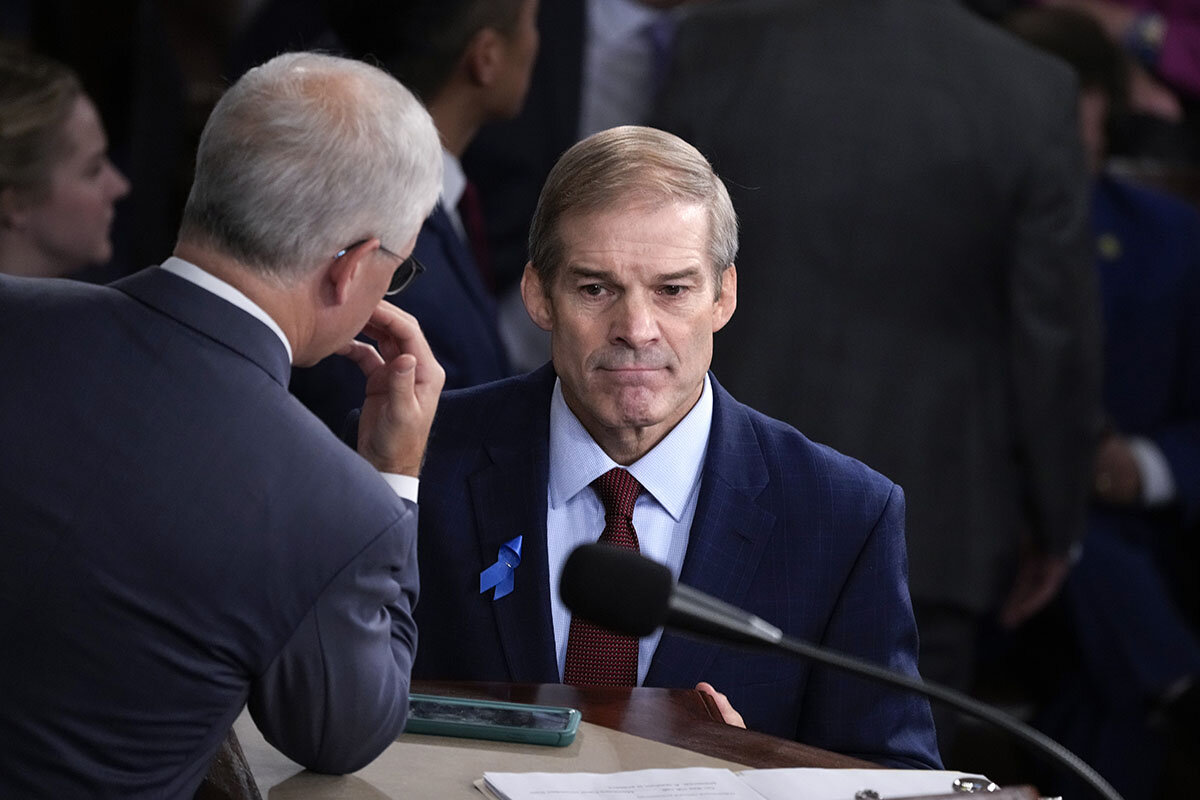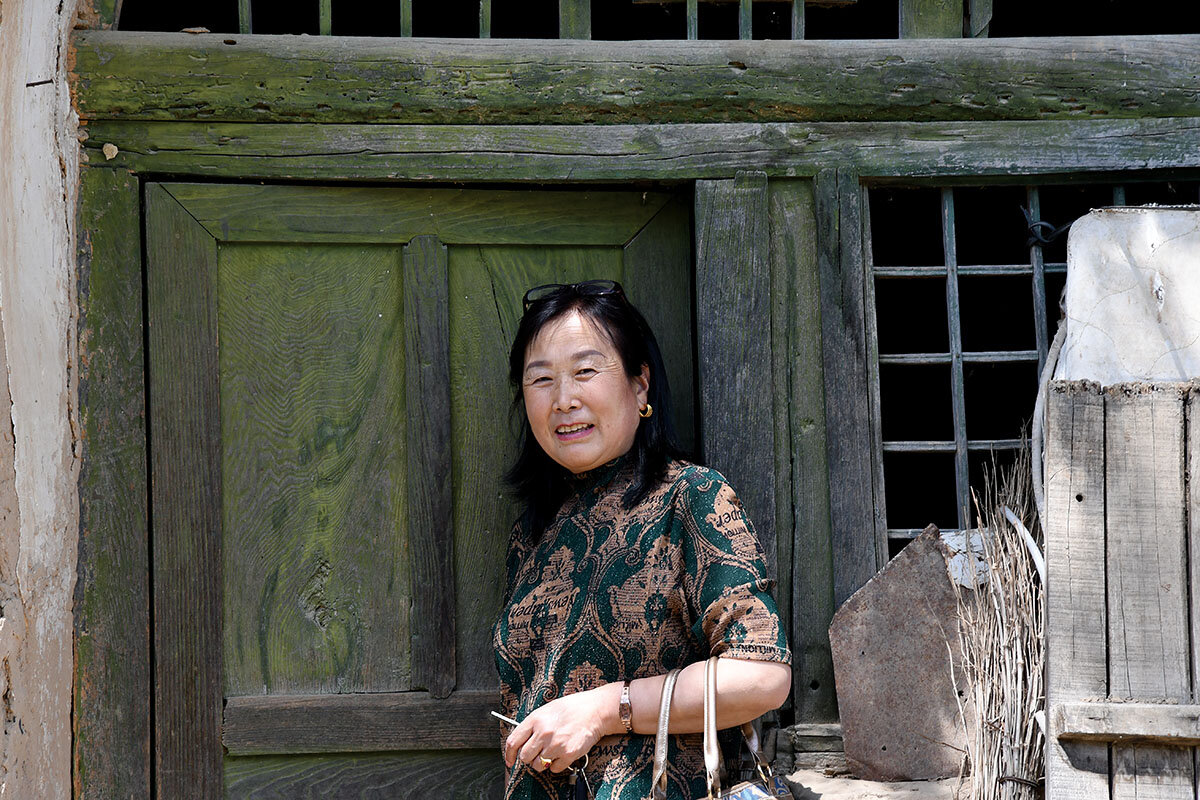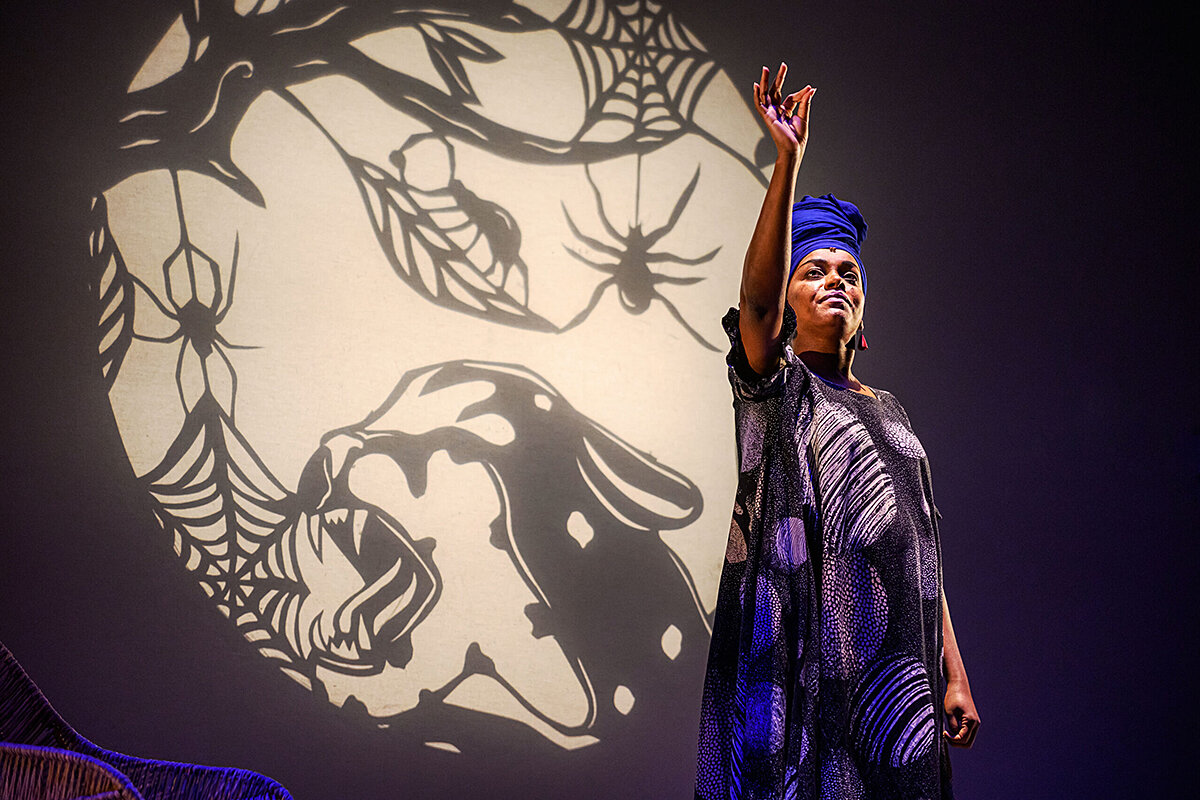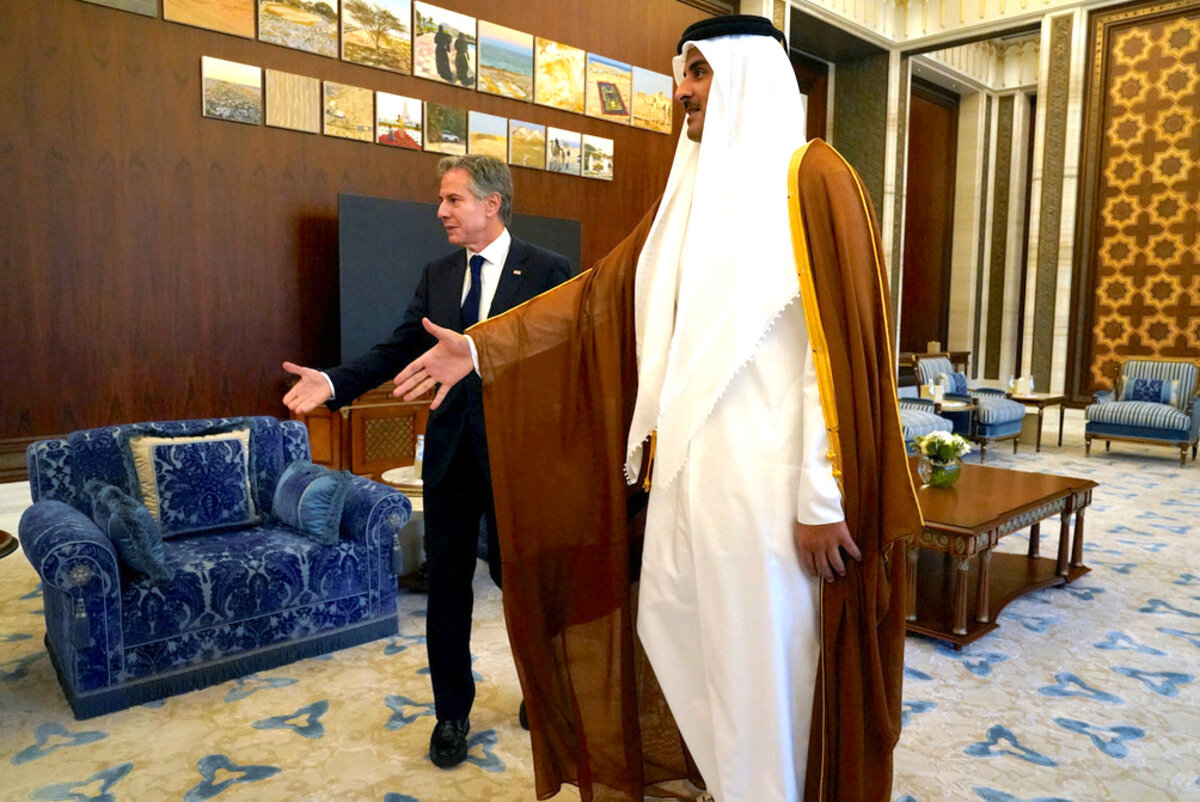The horror of an explosion at a Gaza hospital canceled a wartime summit between President Joe Biden and Arab allies. But anger was already simmering over a perceived lack of appreciation for their red lines on Palestinian refugees.
Monitor Daily Podcast
- Follow us:
- Apple Podcasts
- Spotify
- RSS Feed
- Download
 Mark Sappenfield
Mark Sappenfield
When weaving together her article in today’s Daily, Ann Scott Tyson wrestled with telling several stories in one. In the simplest terms, it is a story about education in rural China. The last time Ann visited the remote village of Yangjiagou 30 years ago, she found children studying at a cave school amid hunger and poverty. For residents of urban China, the past three decades have profoundly changed life. Has rural China kept up?
But this is also a story about understanding. The Monitor’s Asia editor, Lindsey McGinnis, saw an opportunity to explore rural China, a place the world doesn’t often hear about. “By pulling on an old thread,” she says, “Ann unraveled a story not just about the state of education in rural China, but about generosity, forgiveness, grief, and, above all else, hope.”
It was a journey of understanding for Ann, too – understanding in broad terms how life in rural China had and had not changed. She came away with a clear sense that living conditions have improved. Still, the pace of development in the countryside has lagged significantly behind that of cities. (Ann spoke about this on our “Why We Wrote This” podcast.)
Education is one of the primary levers for change in rural areas. China’s widespread consolidation of village primary schools since 2000 has brought mixed results. Bigger schools in towns are better resourced, but they are farther away and so require many primary students to live at school – which limits attendance, especially for girls.
Village families seeking the best education for their children must shoulder significant costs and sacrifices. Ann’s story relates the life trajectories of a handful of people – most of them strangers – who came together around a passion for learning. “It struck me to what degree teaching is a form of love,” Ann says, and more generally how “education is inseparable from caring – caring for someone’s potential.”





